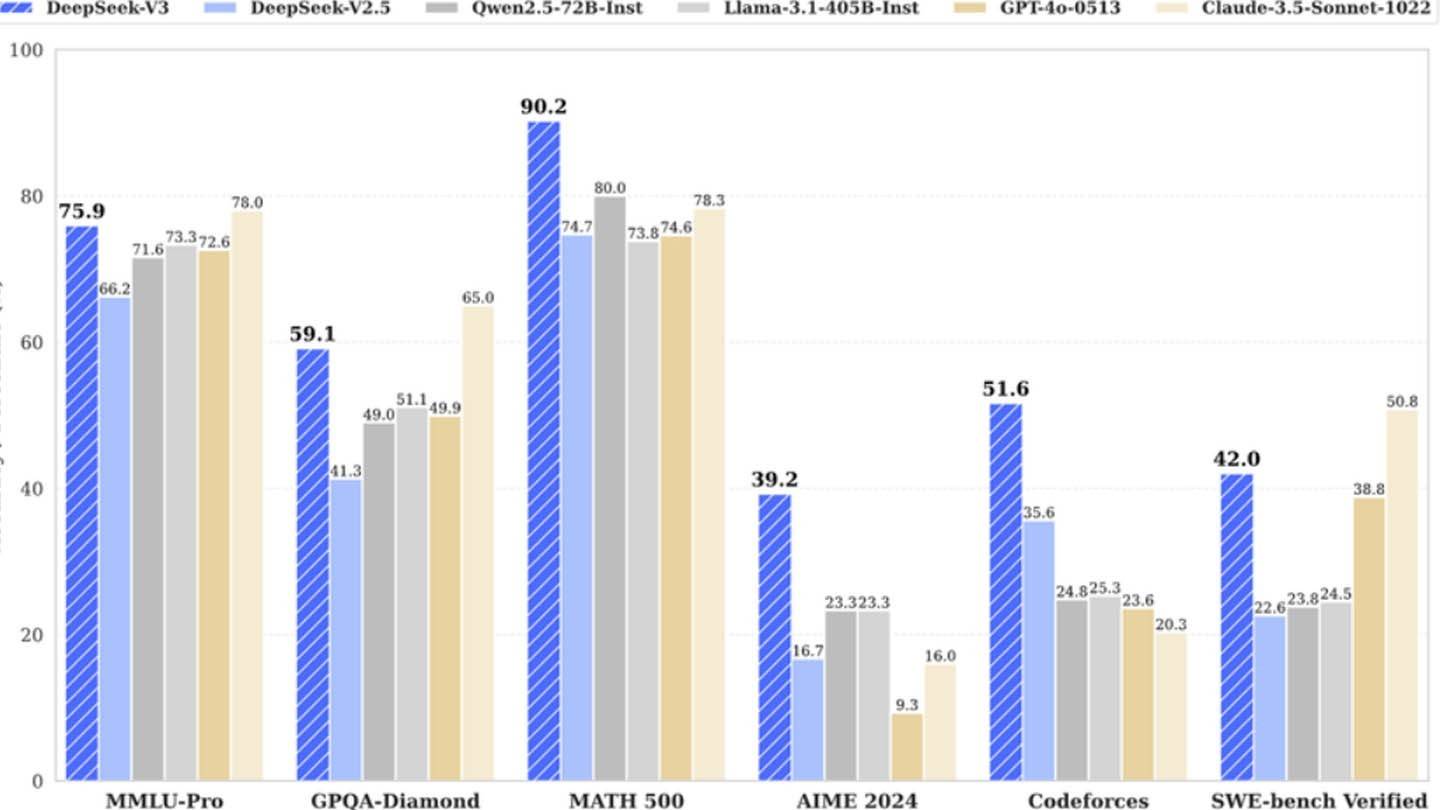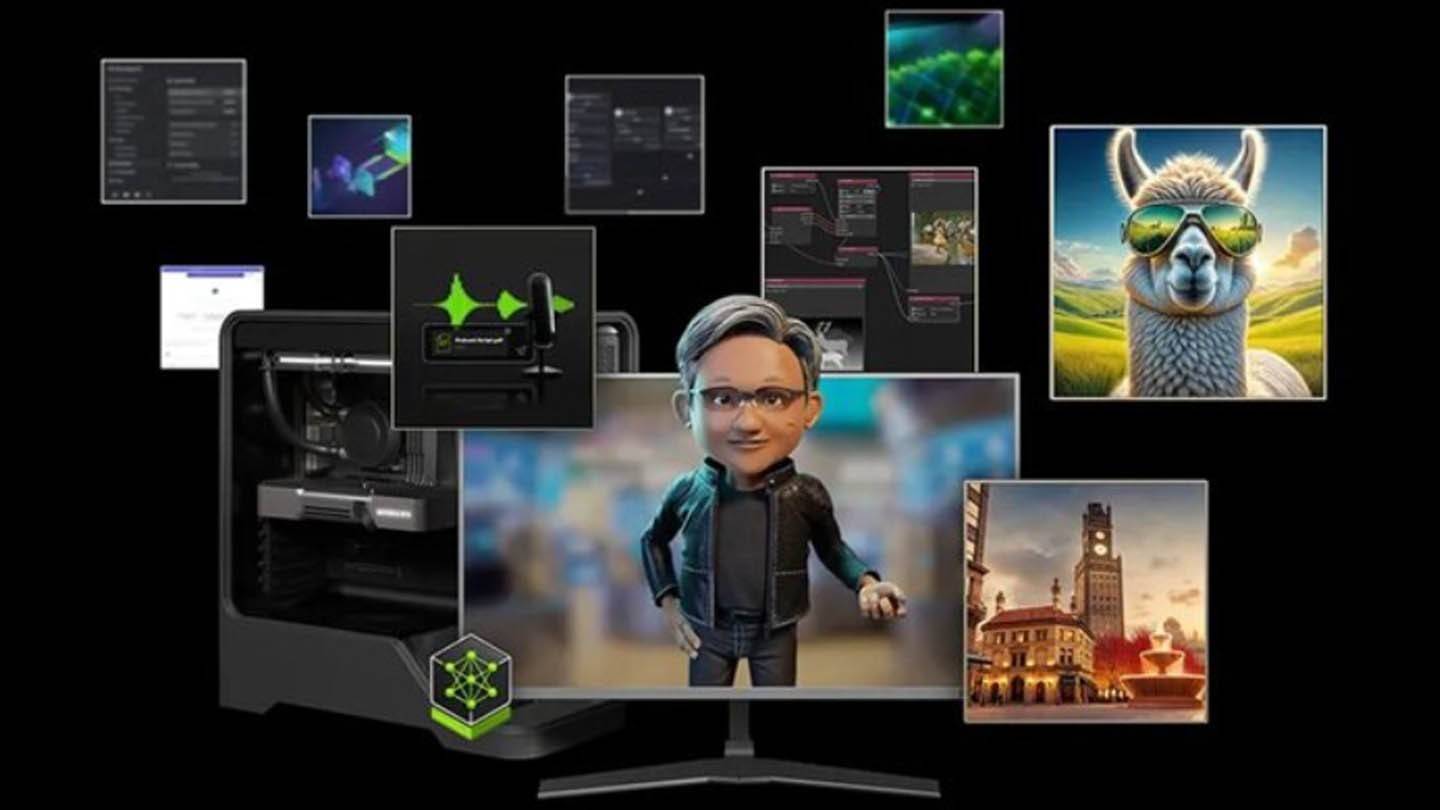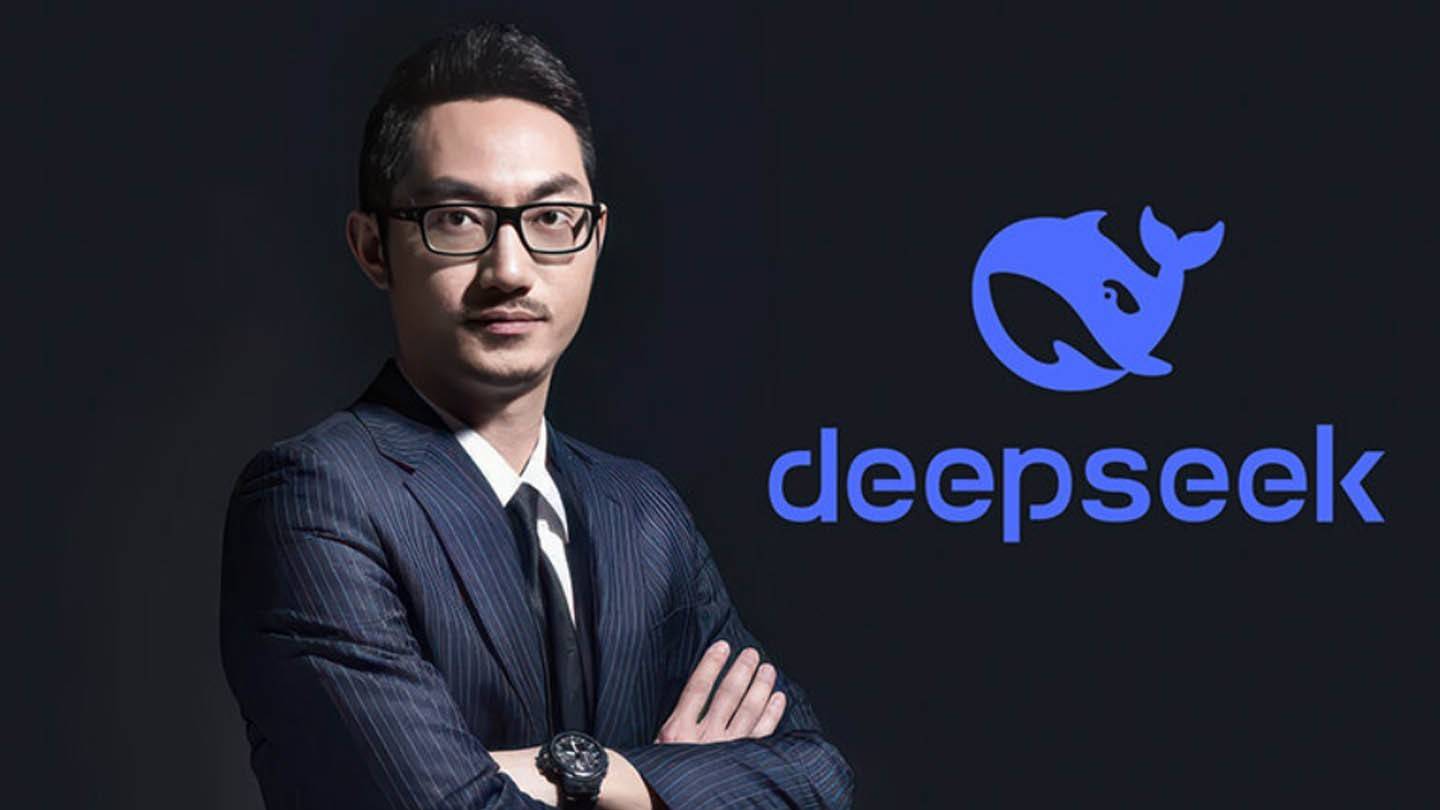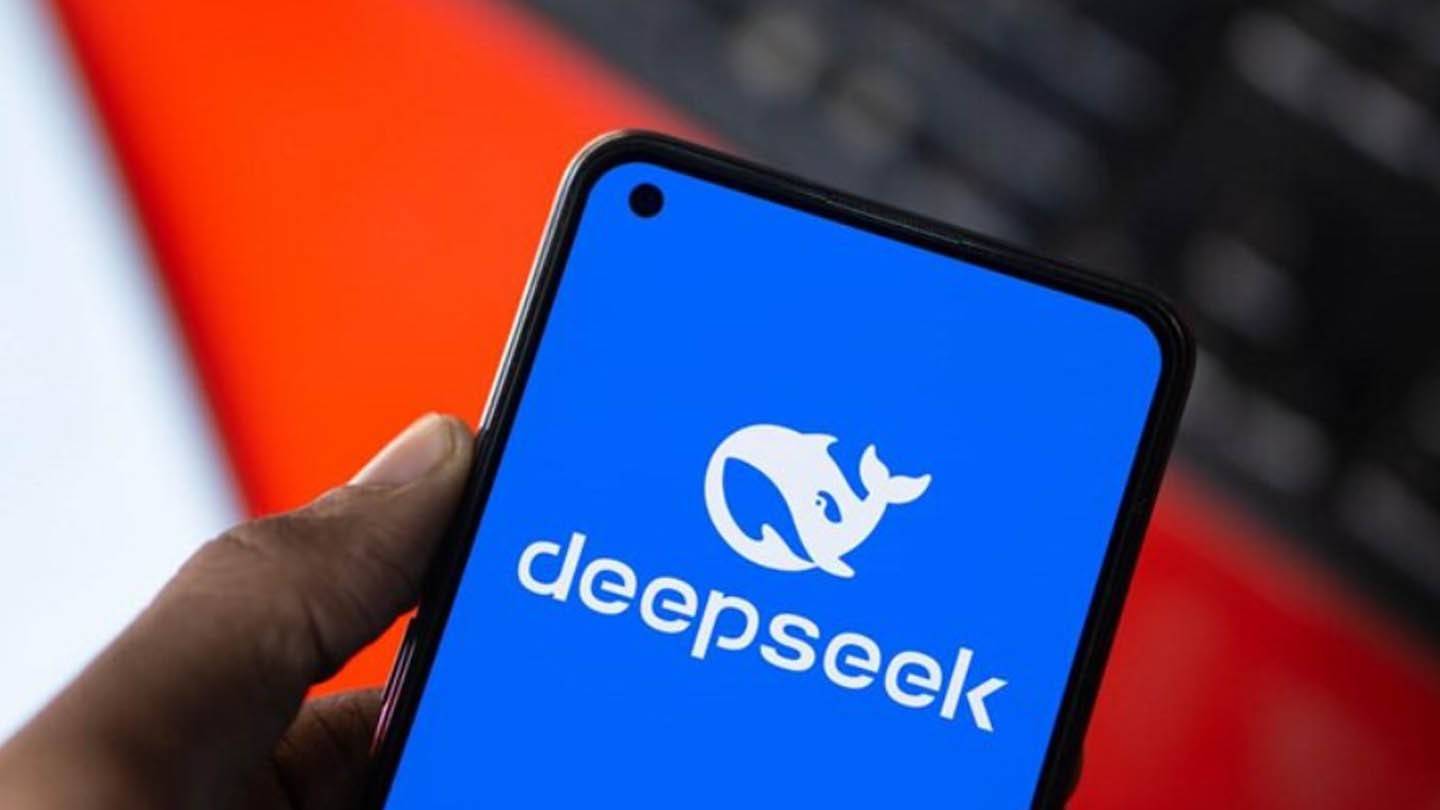However, it's still cheaper than its competitors.
The new chatbot from DeepSeek greeted me with an intriguing introduction:
Hi, I was created so you can ask anything and get an answer that might even surprise you.
Today, DeepSeek's artificial intelligence has emerged as a formidable player in the market, even causing one of NVIDIA's most significant stock price drops.
 Image: ensigame.com
Image: ensigame.com
What sets this model apart are its innovative architecture and training methods. DeepSeek employs several cutting-edge technologies:
Multi-token Prediction (MTP): Instead of predicting one word at a time, the model forecasts multiple words simultaneously by analyzing different parts of a sentence. This approach significantly enhances both the accuracy and efficiency of the model.
Mixture of Experts (MoE): This architecture utilizes various neural networks to process input data. The technology accelerates AI training and improves performance. In DeepSeek V3, 256 neural networks are used, with eight being activated for each token processing task.
Multi-head Latent Attention (MLA): This mechanism helps focus on the most significant parts of a sentence. MLA extracts key details from text fragments repeatedly rather than just once, reducing the likelihood of missing important information. This enables the AI to capture crucial nuances in the input data more effectively.
The prominent Chinese startup DeepSeek claims to have developed a competitive AI model at minimal cost, stating they spent only $6 million on training the powerful neural network DeepSeek V3 and used just 2048 graphics processors.
 Image: ensigame.com
Image: ensigame.com
However, analysts from SemiAnalysis have uncovered that DeepSeek operates a large computational infrastructure comprising approximately 50,000 Nvidia Hopper GPUs. This includes 10,000 H800 units, 10,000 more advanced H100s, and additional batches of H20 GPUs. These resources are distributed across several data centers and are utilized for AI training, research, and financial modeling.
The company's total investment in servers amounts to around $1.6 billion, with operational expenses estimated at $944 million.
DeepSeek is a subsidiary of the Chinese hedge fund High-Flyer, which spun off the startup as a separate division focused on AI technologies in 2023. Unlike most startups that rent computing power from cloud providers, DeepSeek owns its own data centers, giving it full control over AI model optimization and enabling faster implementation of innovations. The company remains self-funded, which positively impacts its flexibility and decision-making speed.
 Image: ensigame.com
Image: ensigame.com
Moreover, some researchers at DeepSeek earn over $1.3 million annually, attracting top talent from leading Chinese universities (the company does not hire foreign specialists).
Even with these factors, DeepSeek's recent claim of training its latest model for just $6 million seems unrealistic. This figure refers only to the cost of GPU usage during pre-training and does not account for research expenses, model refinement, data processing, or overall infrastructure costs.
Since its inception, DeepSeek has invested over $500 million in AI development. However, unlike larger companies burdened by bureaucracy, DeepSeek's compact structure allows it to actively and effectively implement AI innovations.
 Image: ensigame.com
Image: ensigame.com
The example of DeepSeek demonstrates that a well-funded independent AI company can compete with industry leaders. Nevertheless, experts emphasize that the company's success is largely due to billions in investments, technical breakthroughs, and a strong team, while claims about a "revolutionary budget" for developing AI models are somewhat exaggerated.
Still, competitors' costs remain significantly higher. For instance, compare the cost of model training: DeepSeek spent $5 million on R1, while ChatGPT4o cost $100 million.















